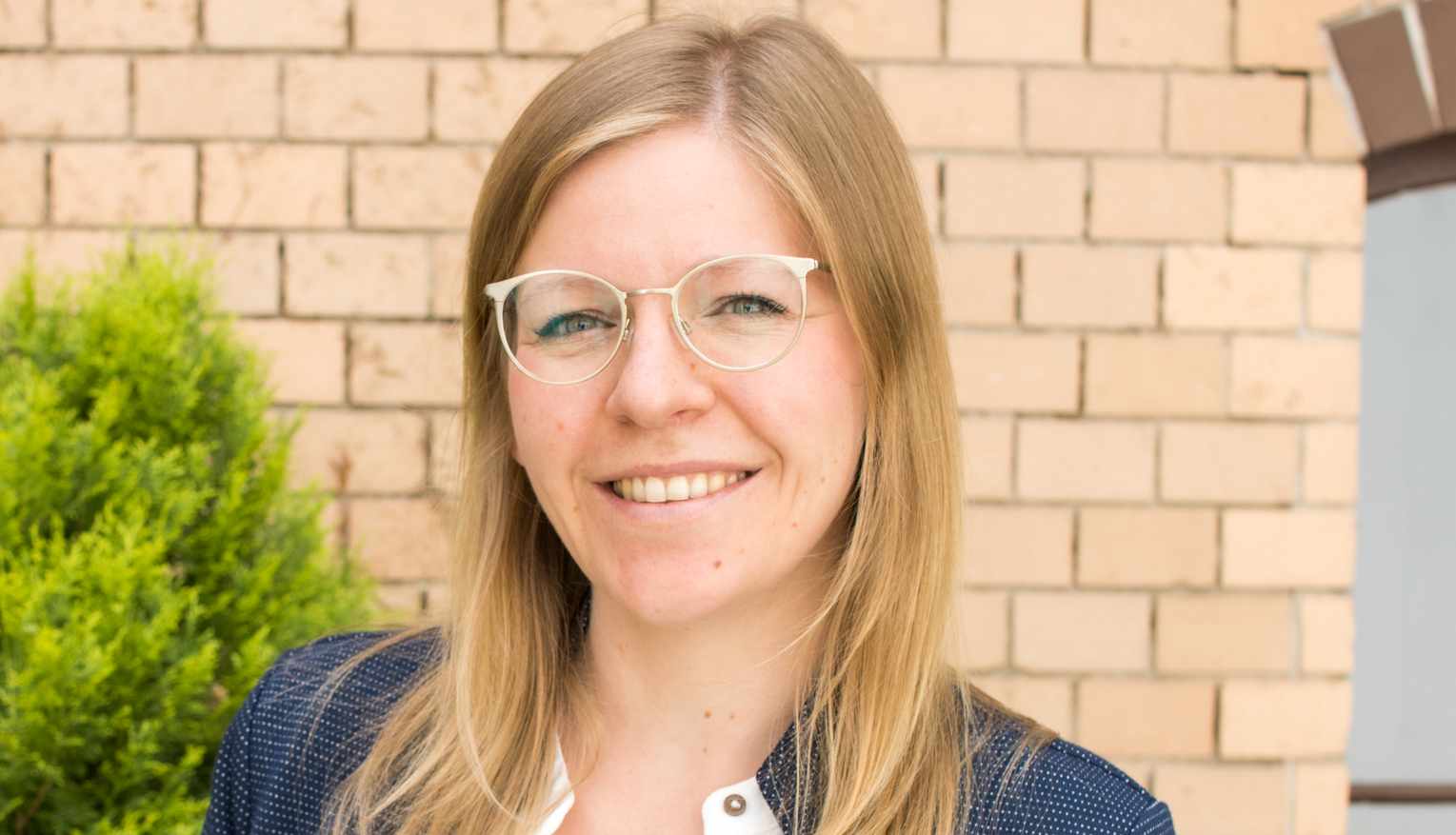structural development
New in the municipal team: project manager Heike Schleussner
- structural development
- Hits: 3389

Hello!
Like every Friday, I'm introducing the new employees of the Structural Change working group at the ENO. Today it is project manager Heike Schleussner, new to our municipal team.
She is an experienced transport expert who, after completing her Master of Science in transport economics at the TU Dresden, gained experience as a research assistant at the Institute for Economics and Transport in the professorship for communication economics, research group mobility and information.
Immediately burning questions come to mind:
How and why does a young woman decide on an exotic subject such as transport management that can only be studied in Dresden – and what does this course include? What do you do as a classic transport economist?
I come from tranquil Zerbst in Saxony-Anhalt and wanted to study in Dresden. Prof. Stopka (my future boss) from the Faculty of Transport Sciences convinced me with her flaming, practical introductory event. I don't think there is a "classic transport economist", even though I've often been asked if I do "traffic light switching" - no! The course is diverse: business administration, economics, traffic planning and psychology, communications engineering, logistics, ecology, traffic modeling and so on. I stayed at the professorship for communication economics because, in addition to the information and communication topics, which I found very exciting, I also worked with practical industrial projects. So I was able to deal with "new" mobility, sharing models and alternative drive types such as electromobility during my studies and then fully as a research assistant. As an economist, the “big picture” is in the foreground for me, i.e.: how can offers be meaningfully integrated into local conditions? What does the user need? How can the implementation look like for the operator?
You ran your own company, themobility work, in Dresden for more than four years and designed mobility concepts for many cities and municipalities in Germany. In other words, to put it simply: examines where you have to create which transport offers in order to enable people to have sustainable and environmentally friendly mobility. And the district of Görlitz and the economic region of Lausitz are also among your customers.
How can you now bring this experience to your work in the Structural Change working group in the district of Görlitz? And as in your work at the ENO, what specifically is your task as a project manager in the municipal team?
I am very grateful that I was able to gain a wide range of experience: from the coordination and support of large international consortia for the application for EU funding or the project management of complex mobility concepts to small practical assistance for the maintenance or implementation of the local car sharing offer in the town. Or simply with ideas as to who might be able to help where. I came into contact with very different customers and project partners and was able to take a lot with me from it. But also thanks to two large projects that I carried out for the Lausitz region, I still have some contacts with advice and action that I have now come to love.
I think that's exactly what will help me in my work for structural change. We have to develop innovative ideas that have a high level of appeal and that may not appeal to everyone at first. Above all, the ideas should be practical. I find it just as important to provide support for supposedly small concerns, such as the implementation of a functioning town center with a club house with changing offers for everyday items, as well as for large, national and complex projects with a model character. This is also how I see my job as a consultant in the municipal team.
A very simple question for the expert: where do you currently see the greatest potential for optimization in the district of Görlitz, what would be a realistic goal that you would like to see realized in the transport sector soon? And finally, please tell us a secret: You probably already have a vision for traffic in 2024 and 2038 – please tell us!
As a commuter almost every day, I see great potential for improvement based on my daily experience alone. Just finding out about current offers as a person who is already familiar with public transport is a small challenge. The train connection Dresden – Görlitz, which I can now call my second home, I would almost describe as good in comparison – better, faster, more electrified, quieter etc. is of course always possible. Overall, public transport already has significant optimization potential. But I'm not just referring to the district of Görlitz. When I start talking about the potential for optimization here, I first have to ask: how much space do we still have here? This is one of my favorite topics that I really want to say a lot about...
Then we look forward to a new interview with you on the subject in the coming weeks!
Thank you very much, dear Heike, welcome to the ENO!
Your
Yasna

